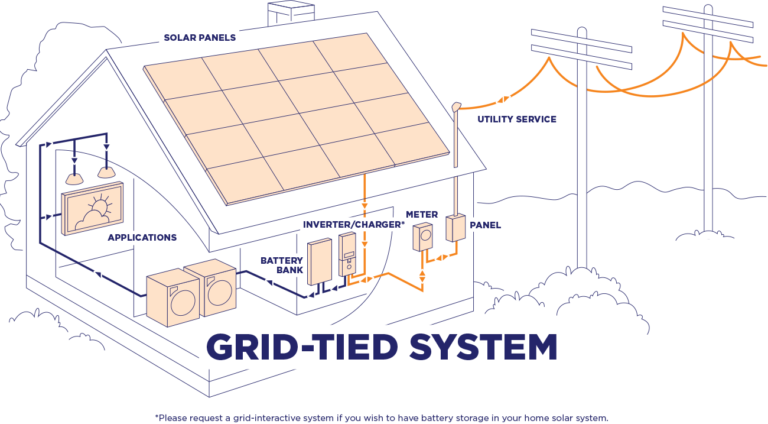

The origins of the vast regional grids in the US can be traced back to large independent utilities building links in the 1890s for better use of capacity, greater reliability, and cost-saving. First, a national grid was not planned before local grids developed. However, the US grid system actually consists of three such independent grids. Today, what we call “the grid” implies an integrated system that involves people operating 160,000 miles of transmission lines, running algorithms to estimate and match supply and demand, and ensuring the power delivered to you is a voltage that your microwave or gadgets can handle. The regulated system at the regional level is called an interconnection. Consumers like you and me can own and generate power through solar panels or other on-site systems.Īll these local systems are tied together at the regional level. The energy supply chain has evolved to the point that today power generation has been further broken down to the household level and distributed generation is on the rise. Both these legislations were aimed at promoting competition and thus reducing prices. This made it easier for more firms to enter the market.

The 1992 Energy Policy Act further deregulated the energy market by separating wholesale markets and retail markets. This changed in 1978 when legislation was passed allowing independent generation units to promote competition. They were often monopolies that owned and carried out generation, transmission, and distribution. Historically there were vertically integrated fossil-fuel-based utilities. This process involves several entities at each level today - we pay bills to our electricity retailer, who procures energy from the utilities that produce electricity. These reduce voltage further before the electricity finally reaches our homes. These distribution systems comprise substations that convert and distribute lower-voltage power transformers. At the local level, any grid has generators that produce energy transmission lines that transfer high-voltage energy to the distribution system. Today, the US grid system is a complex machine consisting of several moving parts - more than 3300 utilities, 7700 power plants, and 160,000 miles of high voltage transmission lines. To know how and why this can work, we need to dive deeper into the US grid system at the local and regional levels. If Texas had connected to one of the two regional grids - the Eastern Interconnection and the Western Interconnection in the US - then its switching hub (called a “load center”) could have tapped energy from another state. This made it impossible to borrow power from another state when its own deregulated electricity market was not adequately prepared. Another unique factor was at play - Texas is the only state in the US not connected to a regional grid. The storm caused damage to the tune of $195 billion in the state, making it the costliest natural disaster in Texas history. It caused a blackout, leaving 4.5 million houses and businesses without power. After a February 2021 snowstorm, Texas faced the worst power crisis in its history. The recent power crisis in Texas highlights what happens in the absence of grid interconnection. A power outage due to a storm or failures in the local grid can become unlikely if the local network can tap electricity from a regional grid. This allows the exchange of energy from local grids with surplus power to those having a demand higher than what they can produce locally. In simple terms, a grid interconnection ties a network of local grids together at a synchronized frequency. Interconnections have been discussed for decades but there are two factors that make their speed and strength urgent today - the vulnerability of grids to climate-driven extreme weather and the availability of low-cost renewables. To someone facing a wildfire in California or bunking in a shelter after a flood in Louisiana, what does power supply from a far corner of the country have to do with survival? Quite a bit, as this tale of grid interconnection will show.Ĭonnections of supply from one electric network to another can boost the reliability and stability of energy supply and help forge a transition to cleaner sources of energy. (Photo by Oran Viriyincy via Flickr Creative Commons.) Where can the 20th Century grid consistently carry 21st Century energy across regional lines? Series: Searching for a New Deal on Climate?.Series: Building Blocks of Community Microgrids.Series: CBEYond the Moment - Climate-Smart Investment for the Challenges Ahead.Series: Financing and Deploying Clean Energy Policy Memos.SERIES: Renewable Energy and Tax Equity, Explained.Series: Explaining the Energy Evolution.


 0 kommentar(er)
0 kommentar(er)
